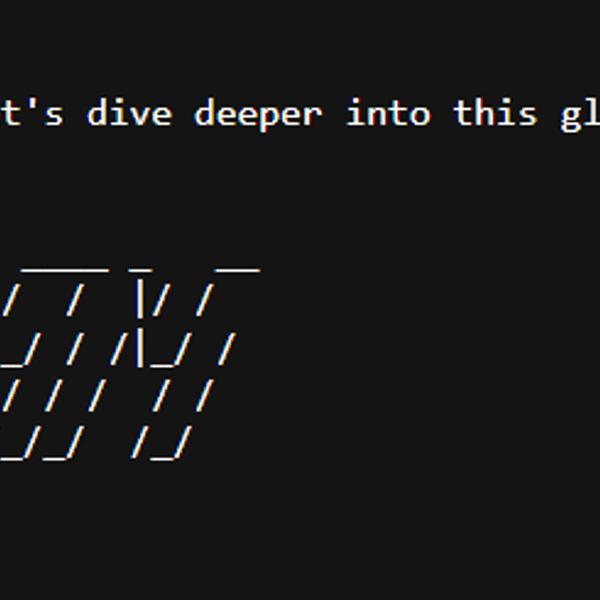Did Magnum PI Switch Networks in Crypto?

Concept Introduction
The term “Did Magnum PI switch networks?” might sound like a question about classic television, but in the crypto and blockchain industry, this phrase serves as a vivid analogy for the process wherein a cryptocurrency project migrates from one underlying blockchain to another. Just like a TV show changing its broadcasting home to reach new audiences, gain better support, or improve its distribution, crypto projects often face similar crossroads. This article will demystify what network switching means for blockchain applications and the motivations, mechanisms, and ramifications behind such a move.
Historical Background or Origin
Network switching in crypto originated as blockchain technology matured, and projects began to recognize both the limitations and strengths of various chains. In the early days, most tokens were issued on Ethereum due to its popularity and extensive developer support. However, as new blockchains like Solana, Avalanche, and others emerged, bringing faster transaction times and lower fees, many projects took notice.
The analogy of ‘Magnum PI’ switching TV networks can relate to certain landmark project migrations in cryptosphere history. For example, notable projects such as Tether (USDT) bridged to additional chains like Tron or Solana to increase transaction efficiency and tap into new user bases. Such moves reflect strategic decisions made to align with shifting technological landscapes and community needs.
The Era of Bridges and Interoperability
As the array of blockchains has diversified, tools for bridging and interoperability have flourished. Bridges enable projects and users to transfer value and data across blockchains, making it much easier for a project to consider switching its focus or even migrate its ecosystem to a completely new network. Bridges also usher in the era of multi-chain deployment, where projects can thrive on multiple networks, each offering unique advantages.
Working Mechanism
Switching networks involves a host of technical, economic, and community considerations. Below is a markdown table summarizing the key steps:
| Step | Description | |-----------------------------|-----------------------------------------------------------------| | Evaluation | Assess technical, economic reasons for switch | | Snapshot/Token Mapping | Create a snapshot of current holders and their asset allocations | | Token Burning/Locking | Old tokens may be burned, locked, or frozen | | Migration of Contracts | Smart contracts are rewritten/deployed on new chain | | Token Re-Issuance | New tokens minted/distributed to eligible addresses | | Exchange & Wallet Support | Work with exchanges like Bitget and wallets like Bitget Wallet | | Community Communication | Update users and guide them through migration |
Technical Steps in Detail
Token Mapping and Distribution When a project plans to migrate from Chain A to Chain B, it typically takes a blockchain snapshot. This snapshot secures a record of token holders and balances at a specific block height. Tokens may be locked or burned on the old chain, and then re-minted or distributed on the new chain based on the snapshot.
Migration of Smart Contracts Because each blockchain has its quirks (for example, Solidity for Ethereum vs. Rust for Solana), smart contracts need to be rewritten and rigorously tested before deployment on the new blockchain. The complexity grows with DeFi or NFT projects that have intricate on-chain logic.
Wallet and Exchange Integration
Exchanges such as Bitget play a crucial role in supporting users during a network switch by facilitating token swaps and listing the new asset. Likewise, Bitget Wallet ensures users can securely store and transact with the new tokens seamlessly.
Multi-Chain Considerations
Some projects don’t just move, but expand. By deploying on multiple blockchains, they tap into new liquidity and different DeFi protocols, boosting accessibility while hedging against the limitations of any single network.
Benefits or Advantages
Network switching is not a trivial undertaking, but it carries significant potential upsides for crypto projects:
- Scalability: Migrate to a blockchain with higher throughput and lower fees.
- Community Access: Tap into an existing, active user base on the new network.
- Ecosystem Opportunities: Leverage new DeFi products and NFT marketplaces.
- Sustainability: Some blockchains are greener or more energy-efficient, aligning with project missions.
- Advanced Technology: Benefit from innovations such as faster consensus mechanisms or better composability.
In addition, users and developers often experience improved transaction speeds and lower costs, which can drive higher engagement and growth for the project.
Conclusion or Future Outlook
As the crypto ecosystem continues to diversify, the concept of network migration – as colorfully imagined by the phrase "Did Magnum PI switch networks" – will become even more commonplace. Whether spurred by the pursuit of greater scalability, a richer set of DeFi tools, or simply a better fit with its community’s values, switching networks can be a catalyst for renewed momentum and growth.
The most successful migrations are marked by robust planning, clear communication, and strong support from partners such as Bitget Exchange and Bitget Wallet. For crypto investors and enthusiasts, tracking these moves can reveal both opportunities and risks. As blockchain interoperability matures, we may see fewer exclusive migrations and more projects launching natively across several chains. Staying informed and flexible will be key for anyone looking to thrive in tomorrow’s multi-chain landscape. Don’t miss the next big migration; it might just shake up the crypto world like a hit series landing on a primetime new channel.
Want to get cryptocurrency instantly?
Latest articles
See moreAbout author
I'm Cipher Trio, an explorer who shuttles between blockchain technology and the multilingual world. I'm proficient in Chinese, English, and Japanese, and I'm good at breaking down complex Web3 concepts. From the principles of smart contracts to the NFT art ecosystem, from DeFi innovations to cross-chain technology trends, I'll bring you in-depth interpretations from a global perspective in three languages. I once delved into the application of cryptography at a blockchain laboratory in Tokyo, and later joined a DAO organization in Silicon Valley to promote decentralized collaboration. Now, I'm building a bridge between technology and the public with multilingual content. Follow me and let's unlock the infinite possibilities of blockchain together!





















